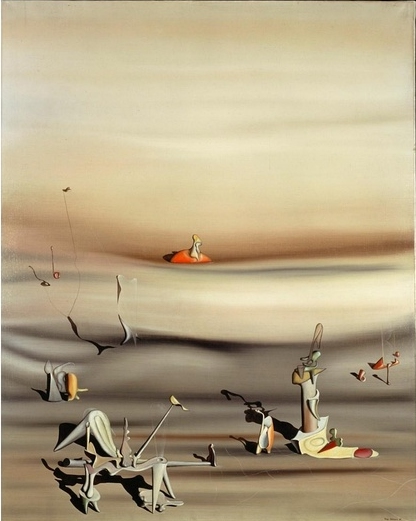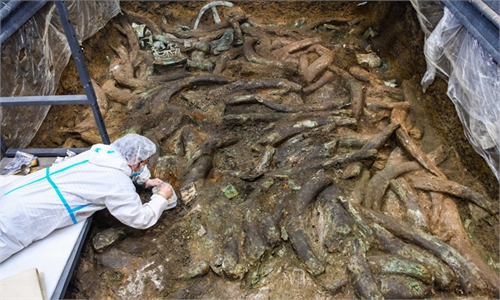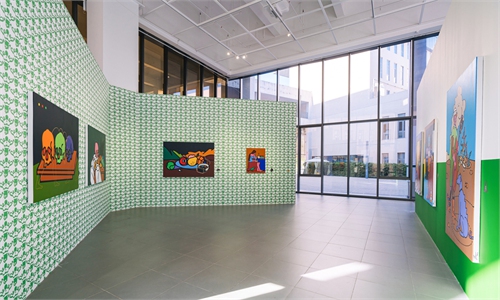ARTS / CULTURE & LEISURE
Culture Beat: 'The Voice of Things' - Highlights of the Centre Pompidou collection

A painting on display at The Voice of Things exhibition in Shanghai Photo: Courtesy of West Bund Museum
'The Voice of Things' - Highlights of the Centre Pompidou collectionAs the pioneer of China-foreign cultural exchanges, the Shanghai West Bund Museum has launched a permanent exhibition that systematically presents the history of modern and contemporary art in China.
The three-part exhibition also examines the development of contemporary art around the world since the 20th century.
The second part, The Voice of Things, brings together more than 160 masterpieces collected from the Centre Pompidou in Paris.
Across 18 sections, the exhibition leads visitors into the hinterland of the artistic avant-garde movement from the beginning of the 20th century to the recent development of globalization.
The exhibition presents a diversity of artworks and artists including painters, writers, sculptors, directors and architects.
As a permanent exhibition with various phases, the second part will end on Sunday, after which the third part will continue its overall presentation.
'Fingersmith' - Typewriter exhibition
A special exhibition presenting the history of the typewriter's evolution has landed in Shougang Park, Beijing's Shijingshan district.
Fingersmith, scheduled to end on February 28, shows a string of modern typewriters, allowing visitors to appreciate their exquisite design and evolution, and learn about the history behind these machines as well as seek inspiration from their innovative development .
This exhibition is divided into two major sections: Typewriters in Design and The Stories of Typewriters and Celebrities.
Following a timeline, Typewriters in Design shows the different design movements that influenced the development of typewriters including design enlightenment, European academic design (Bauhaus), streamlined movement and consumerism design.
In the latter section, the device's relationship with historical figures is explored.



